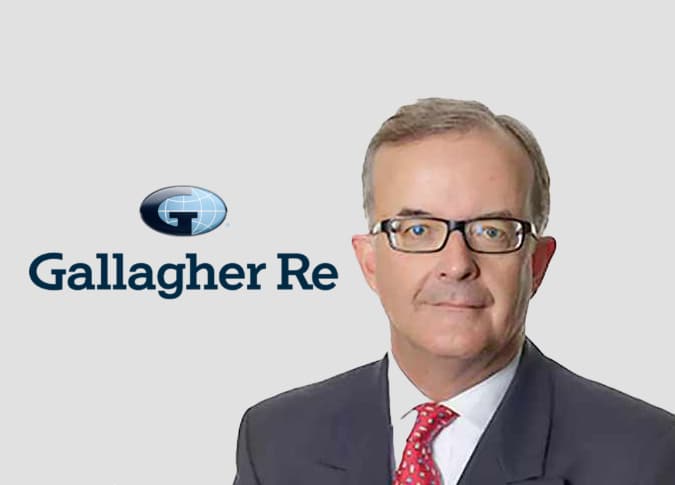Some ILS markets eased off at renewals amid active hurricane forecast: Vickers, Gallagher Re

With numerous forecasters warning of a very active Atlantic hurricane season this year, some insurance-linked securities (ILS) markets eased off somewhat at the June 1st and July 1st, 2024, reinsurance renewals, which led to a little bit of a squeeze in places like Florida, according to James Vickers, Chairman, Gallagher Re International.
Artemis spoke with Vickers around the launch of the reinsurance broker’s latest 1st View report, which dissects a more balanced and stable marketplace for buyers and sellers of protection.
One of the interesting aspects of the 1.6 and 1.7 renewals, according to Vickers, is that while traditional reinsurers more or less ignored the increased hurricane forecasts, as they know that there’s no correlation between insured losses, this wasn’t the case for ILS markets.
“It was curious that some of the ILS markets eased off a little bit, particularly in Florida, where they do have, because of the unique requirements of that market an outsized influence compared to other cat exposed territories,” said Vickers.
“I suspect it’s not that the ILS managers themselves don’t understand it. I think it’s more of them thinking how they’re going to explain it to their investors if they increased their exposure when there was an elevated hurricane forecast. They might have some awkward explaining to do to their investors at year-end,” he added.
As a result, Gallagher Re witnessed a bit of a squeeze at the tail end of renewals in Florida, and while it didn’t push up pricing significantly, “it probably helped to hold pricing up more,” explained Vickers.
With the current reinsurance market still in a hard part of the cycle, there’s been a lot of discussion about the lack of new entrants and capital raises by incumbents, with some suggesting that the growth in the alternative capital space is a reason for this.
Commenting on this, Vickers told Artemis that it’s important to take a step back and consider the stronger underwriting and investment returns achieved by reinsurers in 2023 and the start of this year.
“The traditional reinsurers are generating considerable amount of additional capital themselves,” said Vickers. “And more to the point, compared with 24 months ago, they are now much more willing to put their capital to work as they’ve become more confident about the pricing and structural adequacy.”
“So, you’ve got this substantial self-generated capital, with a much more willingness to actually put it to work, and on top of that, you’ve got the growth in the ILS market. But it’s a combination of the two that I think is meaning that there are not many gaps available for newcomers to come in. There are no obvious capacity crunches that you could address,” he added.
Growth in the ILS market has been very strong in recent times, with catastrophe bond issuance breaking records in 2023 and again in the first half of 2024, as shown by Artemis’ data.
In fact, according to Gallagher Re, ILS capital has hit a new high of USD 107 billion, driven by the busy cat bond market and growing investor interest in the space.
“If you’re an investor and you’d like to have some insurance risk, there’s so many different ways you can do it. You can go to an ILS fund manager, do a collateralized quota share with a major existing player. So, why bother buying equity in a startup company when we all know exit routes for risk carrying entities at the moment is quite demanding,” concluded Vickers.
Read all of our interviews with ILS market and reinsurance sector professionals here.






